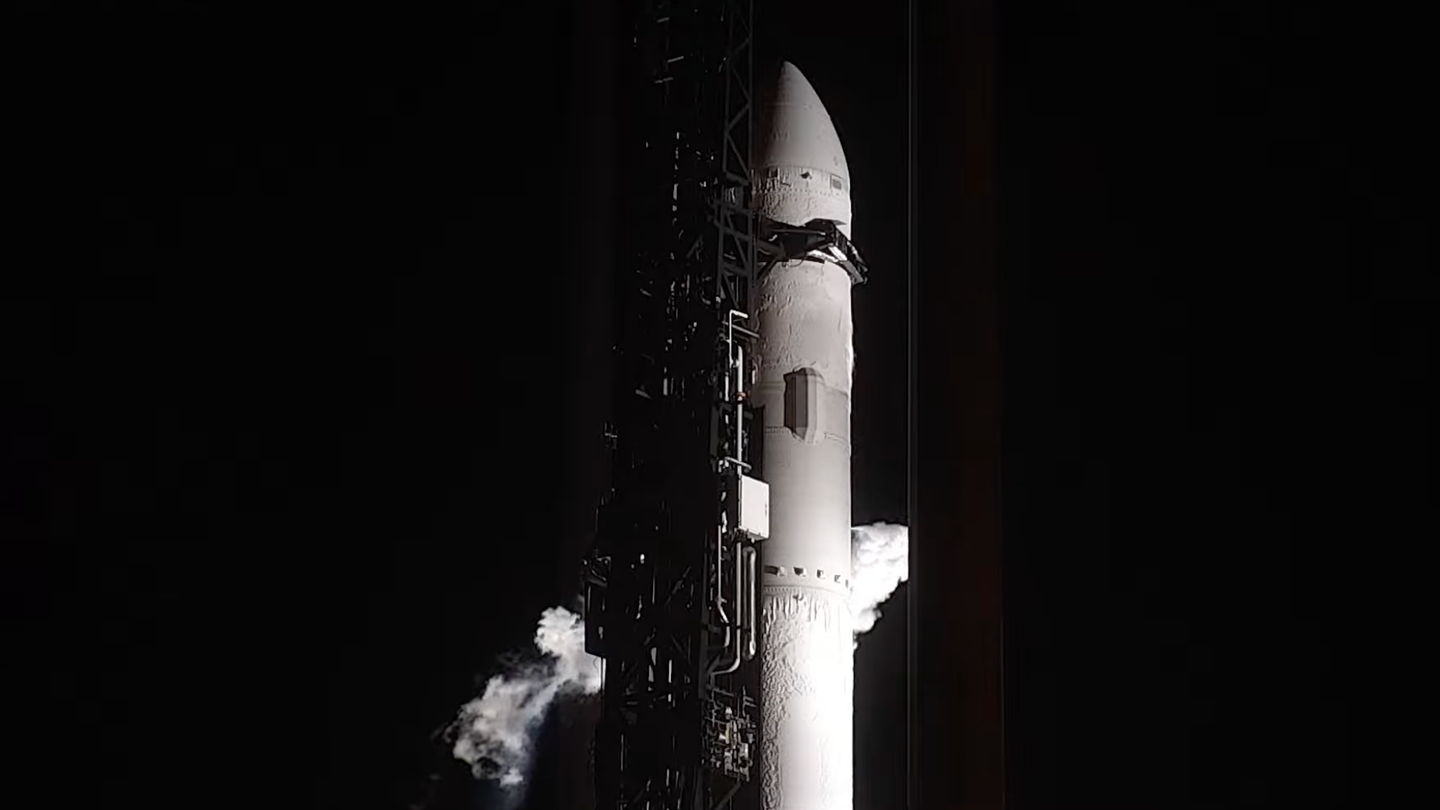The first 3D printed rocket launch was both a failure and a success
Relativity Space's Terran rocket failed to achieve orbit, but still moved the industry forward.

Third time was unfortunately not the charm for Relativity Space. After two scrubbed attempts, Terran—the aerospace startup’s 110-foot rocket largely composed of 3D-printed materials—completed its first stage liftoff from Cape Canaveral Space Force Station on Wednesday night. Unfortunately, it failed to reach its intended 125-mile-high orbit. Instead, the unmanned vehicle’s second stage briefly ignited, before shutting off entirely and subsequently plummeting into the Atlantic Ocean. Still, there’s much to celebrate for the upstart rocket company.
Supporters hope Relativity’s Terran rocket, which is made from 85-percent 3D-printed metal materials, will prove a major step forward for the company as it attempts to compete within the private spacefaring industry alongside the heavy hitters of Elon Musk’s SpaceX and Jeff Bezos’ Blue Origin. During its second launch attempt earlier this month, Terran came within less than a second of takeoff before aborting the flight after its first stage rockets malfunctioned.
[Related: What to expect from space exploration in 2023.]
Formed in 2015, Relativity Space aims to create a line of entirely 3D-printed, reusable rockets for a variety of potential projects, including a goal to transport the first commercial mission to Mars. According to its official website rundown, the company’s line of hopeful spacefaring vehicles in Long Beach, California, are built using a combination of massive 3D printers, artificial intelligence aids, and autonomous robotics. In doing so, Relativity claims production requires 100 times fewer parts, and can be finished in less than 60 days.
The commitment to 3D-printed material even extends as far as Relativity’s line of Aeon rocket engines, with reduced part counts within the igniters, turbopumps, combustion chambers, thrusters, and pressurization systems. Each engine uses a combination of liquid oxygen and liquid natural gas as propellants.
[Related: How loud is a rocket launch?]
Success, in this case, is… well, relative. As TechCrunch notes, very few space launch platforms ever achieve orbit during the first flight. Additionally, Terran withstood its “Max Q” threshold, a term referring to when the vehicle encounters the most atmospheric stress and resistance, as well as successfully cut off main engines and separated from the first stage as planned. In this sense, Relativity proved that 3D-printed rockets can hold up during some of the most intense moments involved in an orbital launch, which is certainly reason enough to celebrate.
“Maiden launches are always exciting and today’s flight was no exception,” said Relativity Space launch commentator Arwa Tizani Kelly following Wednesday’s launch attempt.
Representatives for Relativity did not respond for comment at the time of writing. It is unknown if Wednesday’s results will affect future rocket launch timelines, including plans to test the company’s larger Terran R spacecraft in 2024.
